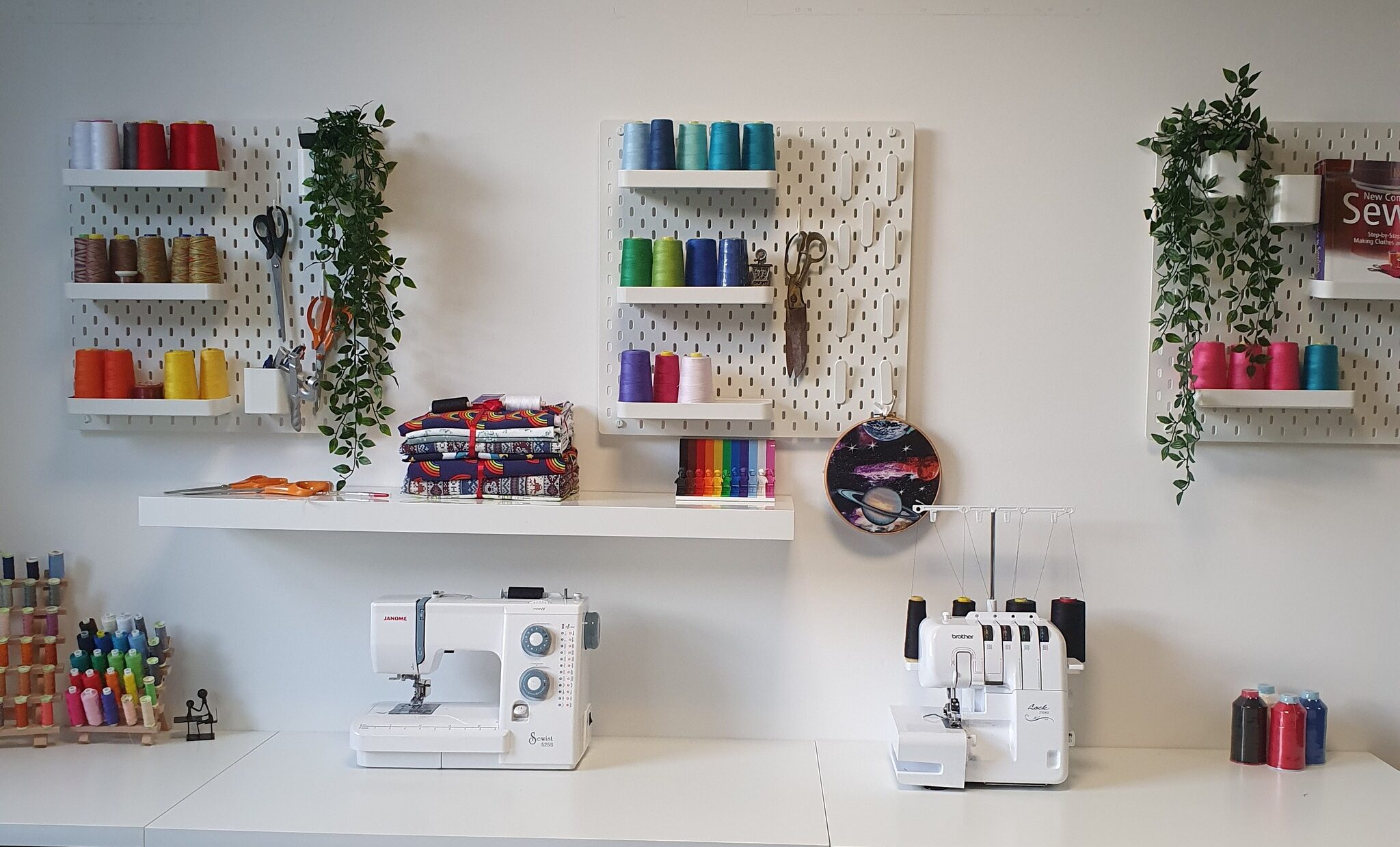
A sewing machine and an overlocker (also known as a serger) are two different types of machines used for sewing and finishing fabrics. While they share some similarities, they have distinct differences in terms of their functions, features, and capabilities.
A sewing machine is a versatile machine used for a variety of sewing projects, including straight stitching, zigzag stitching, and decorative stitching. It has a needle that moves up and down to form stitches, and a feed dog that moves the fabric through the machine. Sewing machines typically have a range of stitch options and adjustable settings for stitch length, width, and tension. They are ideal for general sewing tasks like hemming, sewing seams, attaching buttons, and creating different kinds of stitches.
On the other hand, an overlocker is a specialized machine used mainly for stretch fabrics or for finishing edges and seams. It has multiple threads that work together to create a seam that is secure and neat. An overlocker cuts the fabric edge as it sews, creating a clean, finished edge that prevents fraying. Overlockers can also create different types of stitches, including rolled hems, flatlock seams, and decorative edges. They work faster than sewing machines and are ideal for sewing knit fabrics, as well as for creating professional-looking finishes on a variety of fabrics.
Overall, while sewing machines are versatile and can be used for a wide range of sewing tasks, overlockers are specialized machines that excel at finishing edges and creating neat, professional-looking seams.
If you frequently work with knit fabrics or want to achieve a professional finish on your sewing projects, an overlocker may be a worthwhile investment. However, for most non stetch sewing tasks, a sewing machine will suffice.